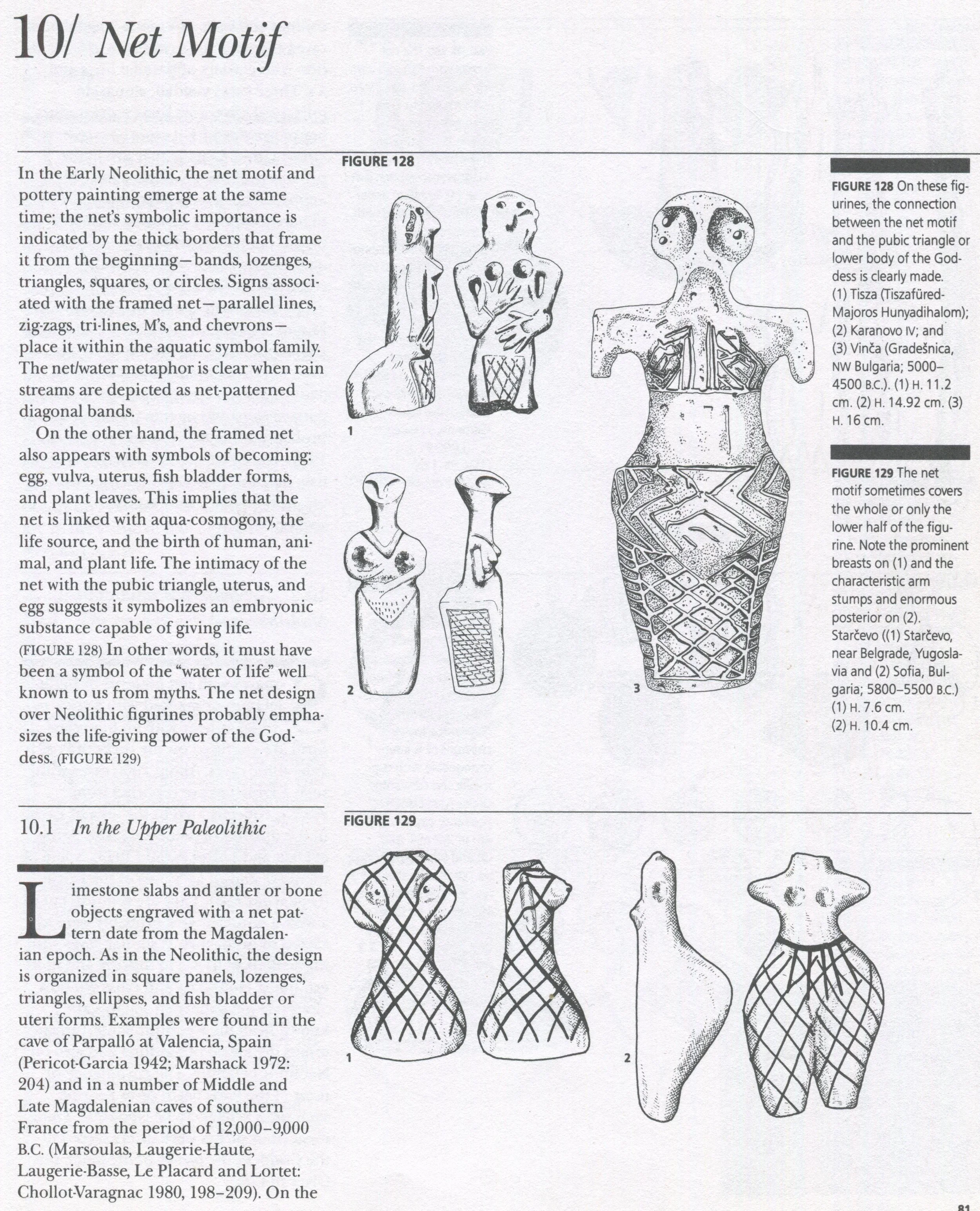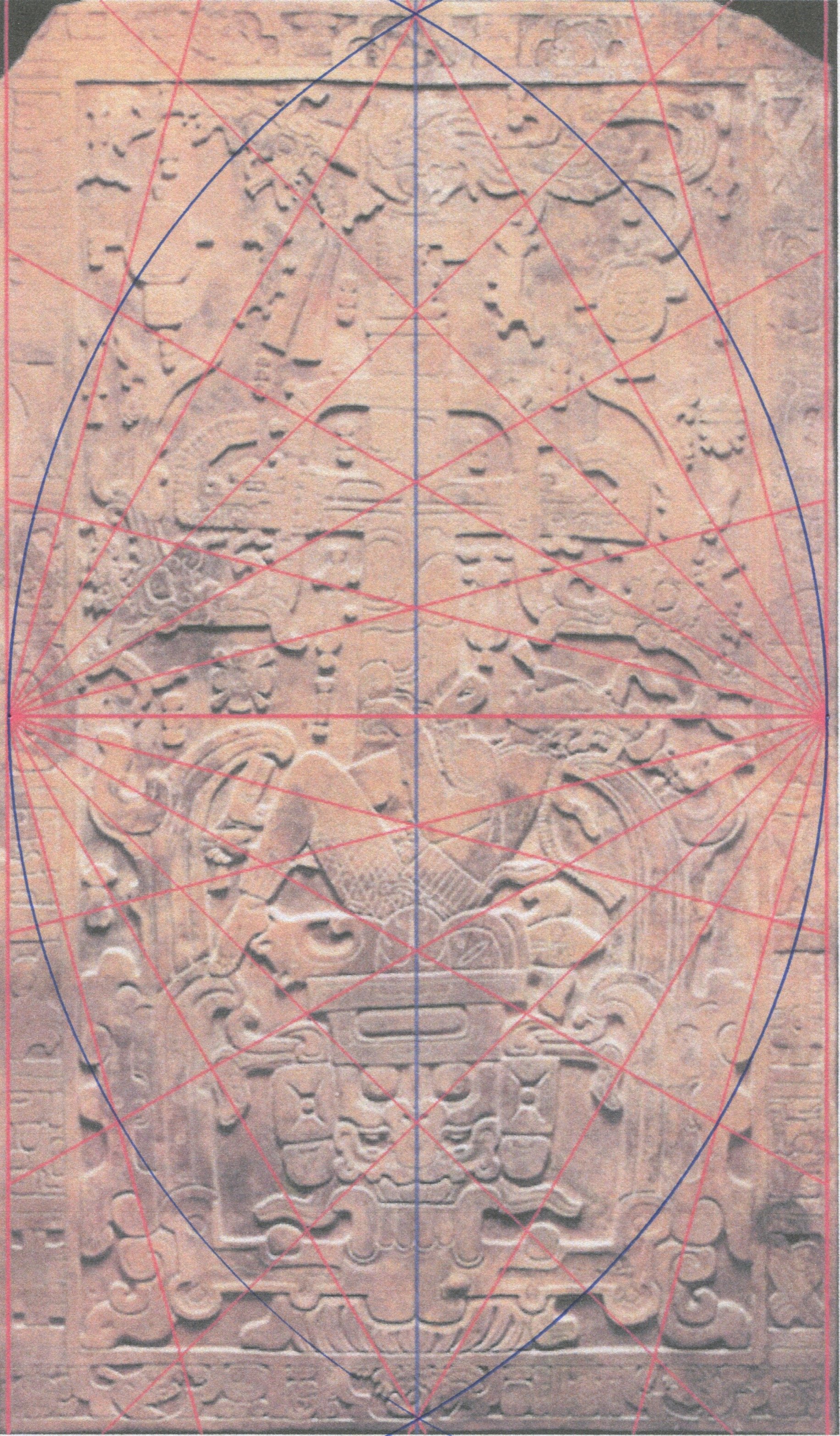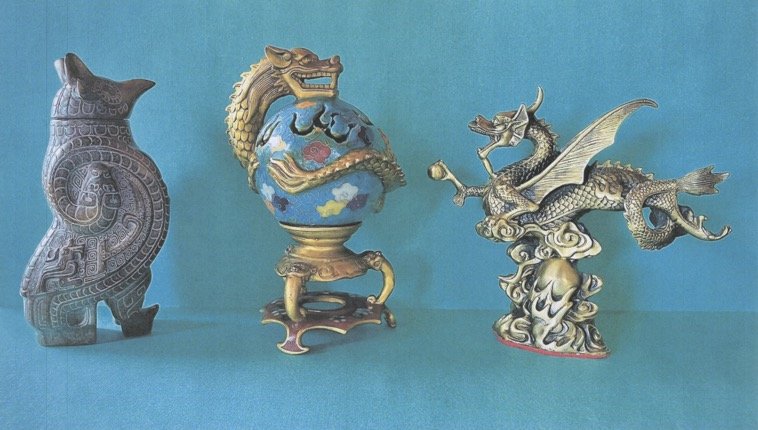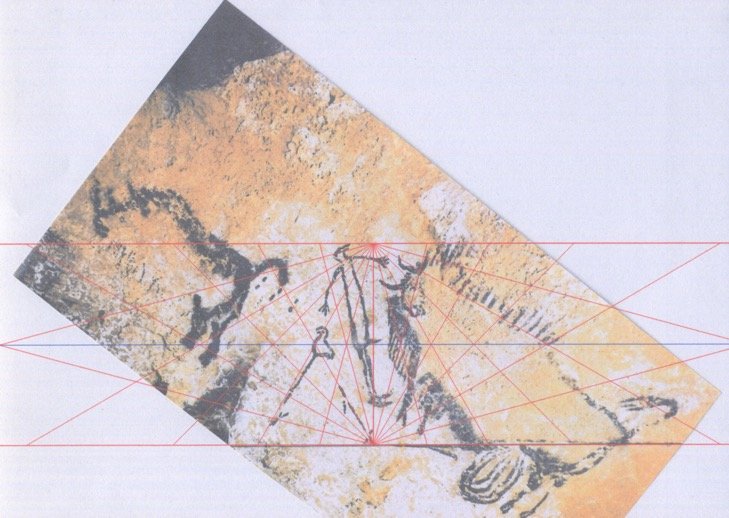
Gallery Index
-
![]()
The Assyrian Bucket (figures 1-8)
This art motif, often labeled a ‘bucket’ by art historians, is quite the anomaly. First appearing as early as the 10th century BCE at Gobekli Tepe then disappearing from the historical record only to reappear nine millennia later nearly simultaneously in Assyria and in Mesoamerica. (pictured: fig.2)
-
![]()
The Diamond Net (figures 9-93)
The Diamond Net motif is one of the oldest and most widespread art motifs in the world. Appearing in the Old World as early as the 5th century BCE in Eastern Europe. (pictured: fig.9)
-
![]()
The Vernal Equinox (figures 94-113)
The Vernal Equinox is that very fertile time of the year when the sun returning from the Winter Solstice in the southern hemisphere reaches the equator to begin crossing back over into the northern hemisphere. (pictured fig.94)
-
![]()
Square Root of Three (figures 114-130)
As discussed in Portal Grid, the Square Root of Three is not only the diagonal of a cube but is also one of several mathematical constants found in all circles. (pictured: fig.114)
-
![]()
Feathered Serpents (figures 131-144)
(pictured: fig.131)
-
![]()
The Lascaux Cave (figures 145-149)
Known as ‘The Bison Hunt’, this cave art found in France is dated to c.15,000 BCE after which the cave was made supposedly inaccessible by a ceiling collapse that blocked the entrance. The cave was not rediscovered until 1940 when two boys found another entrance. There is more to this art than has not been obvious to the more than casual observer. (pictured: fig.145)





